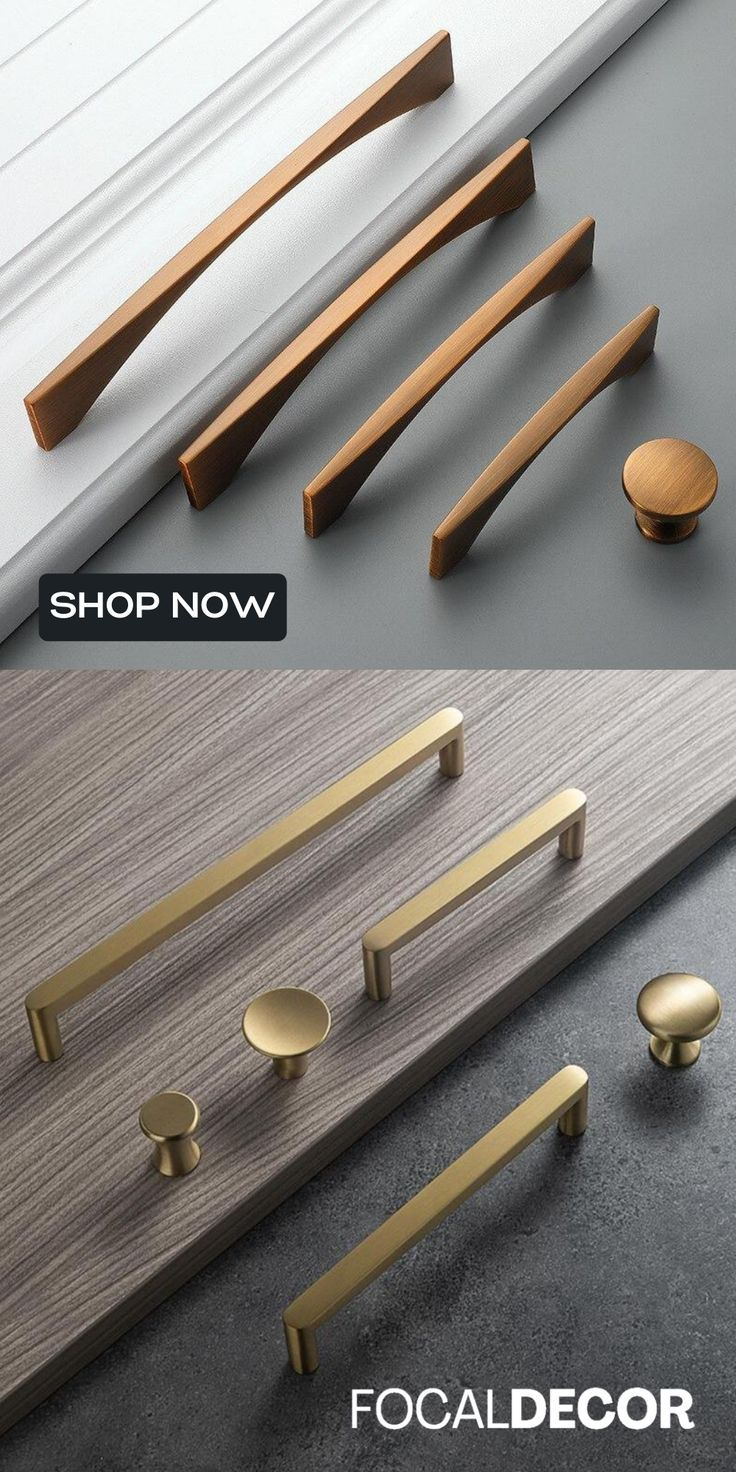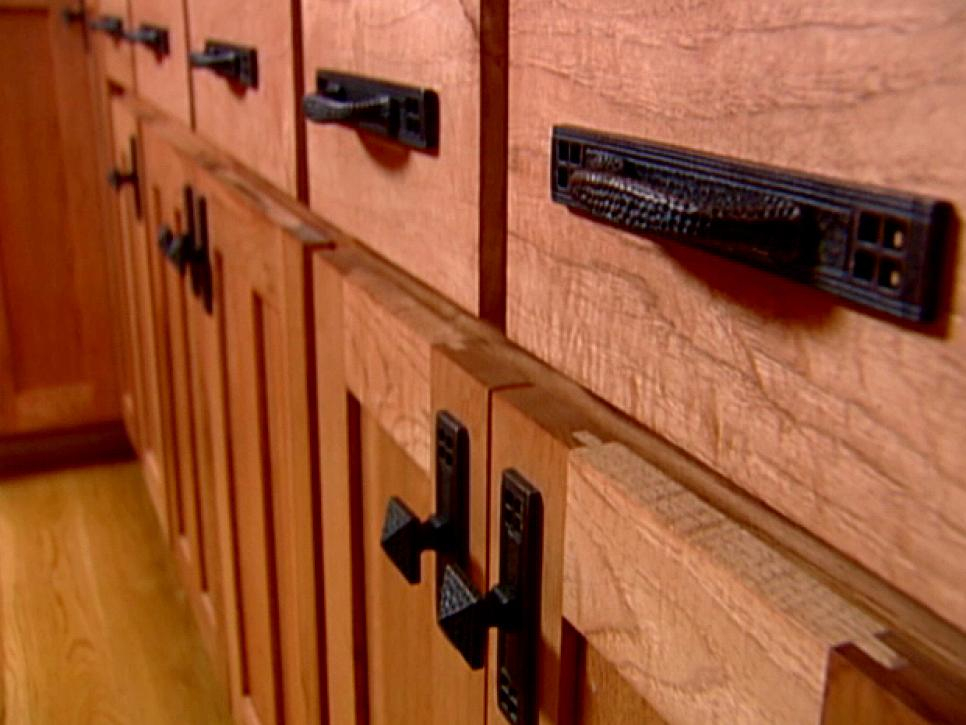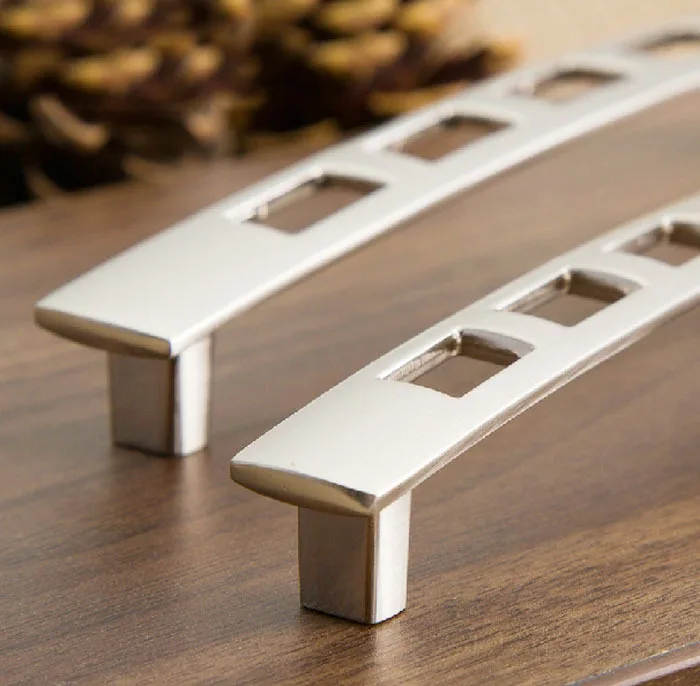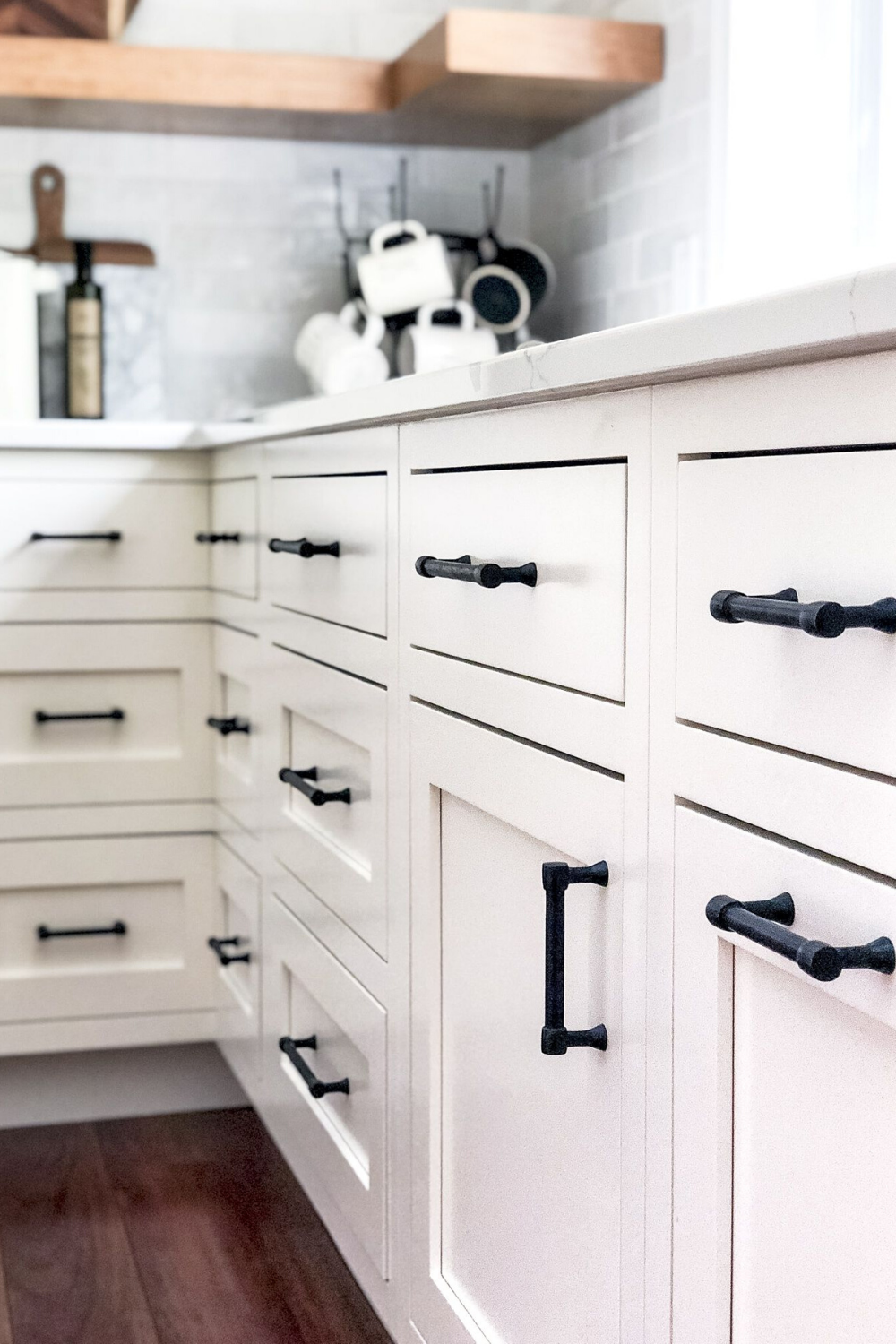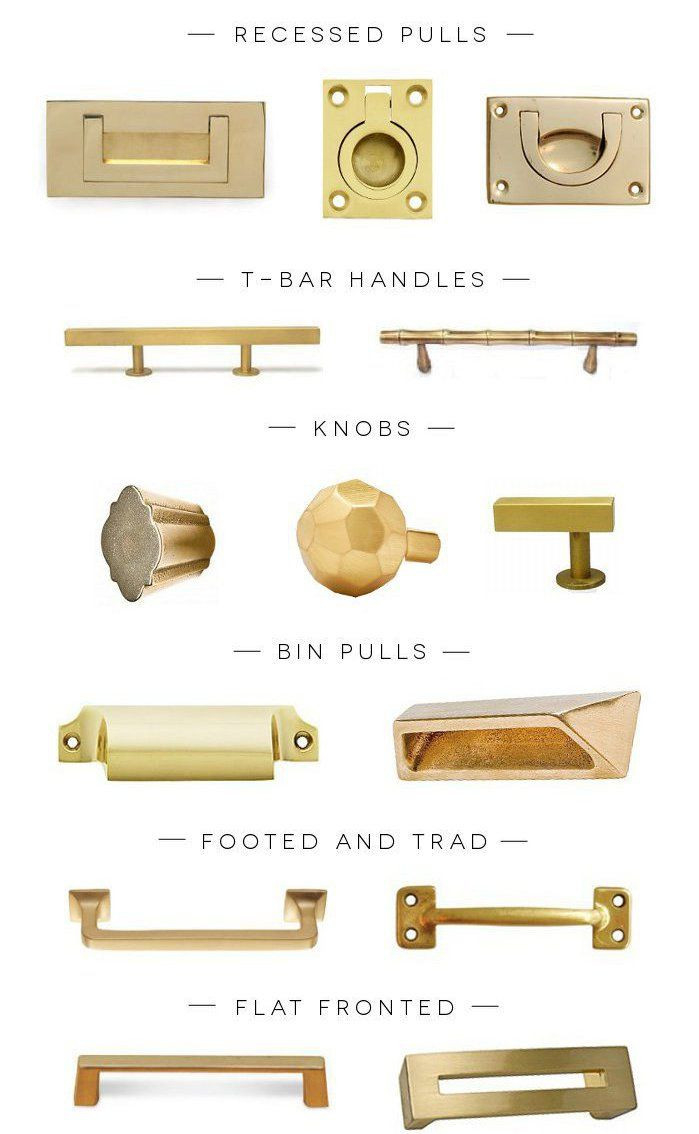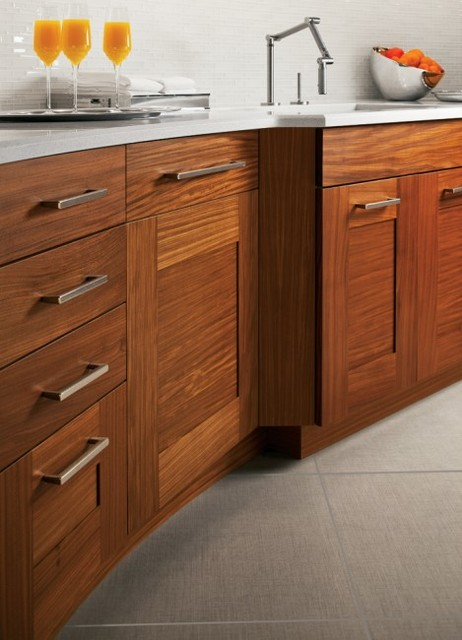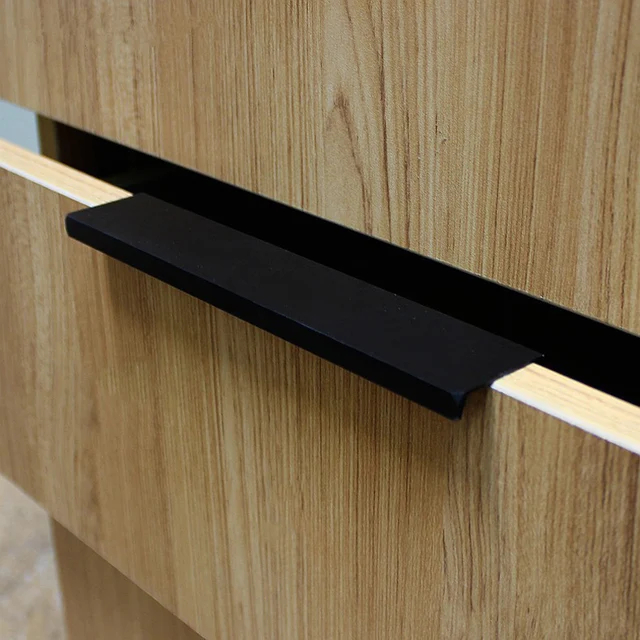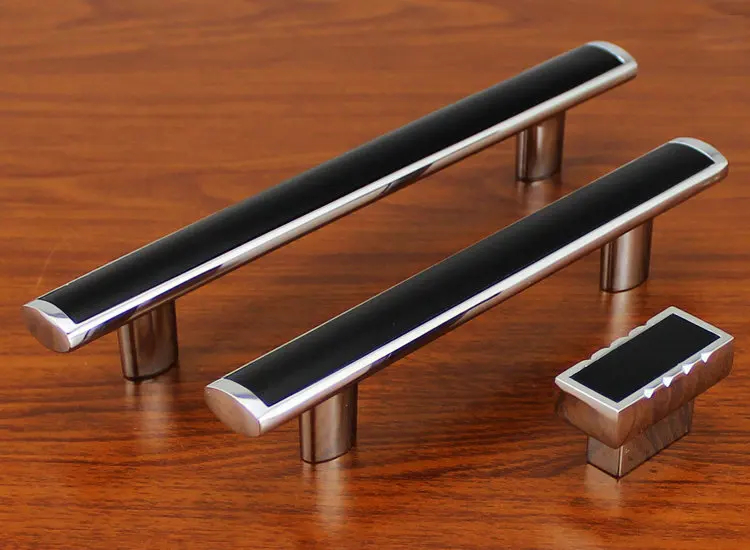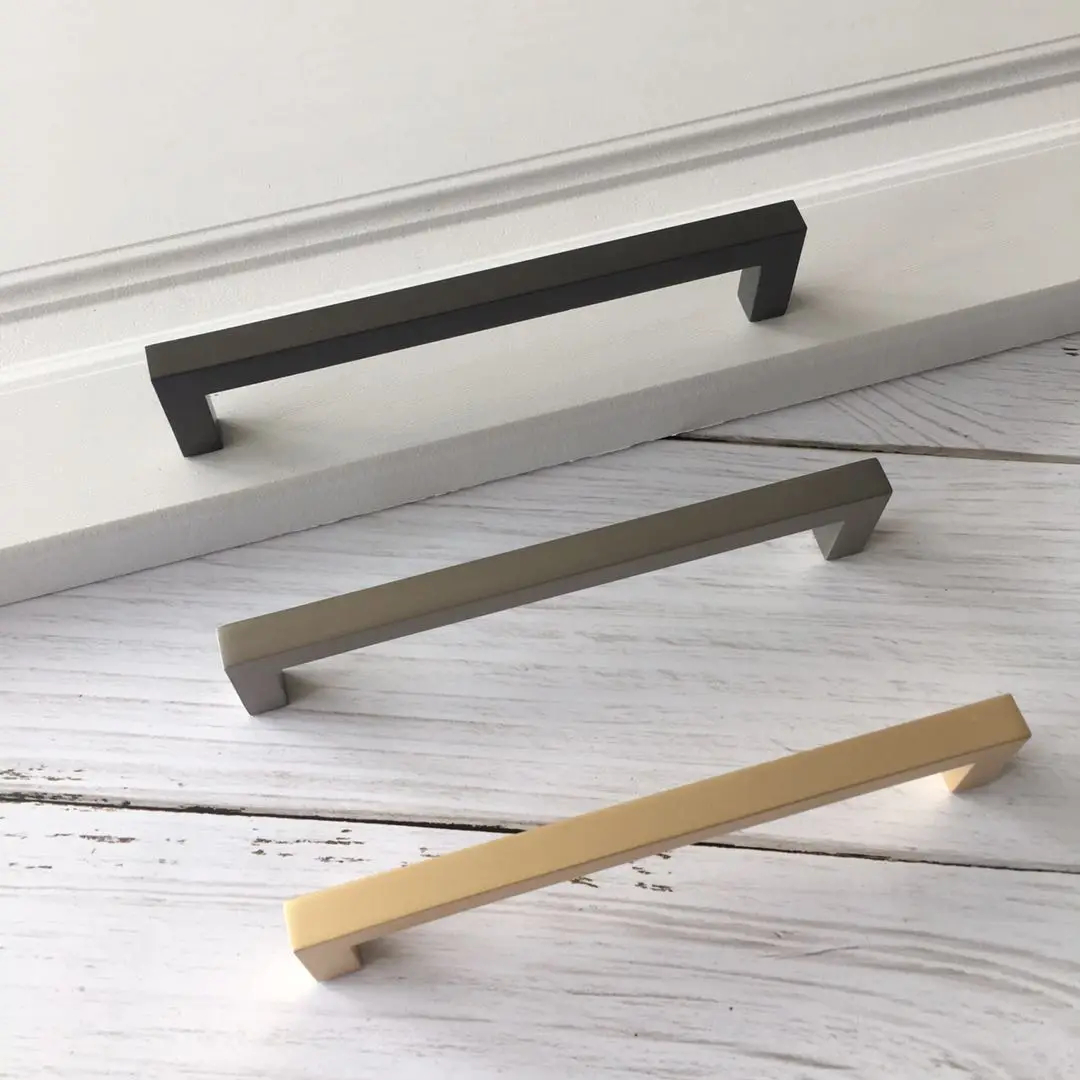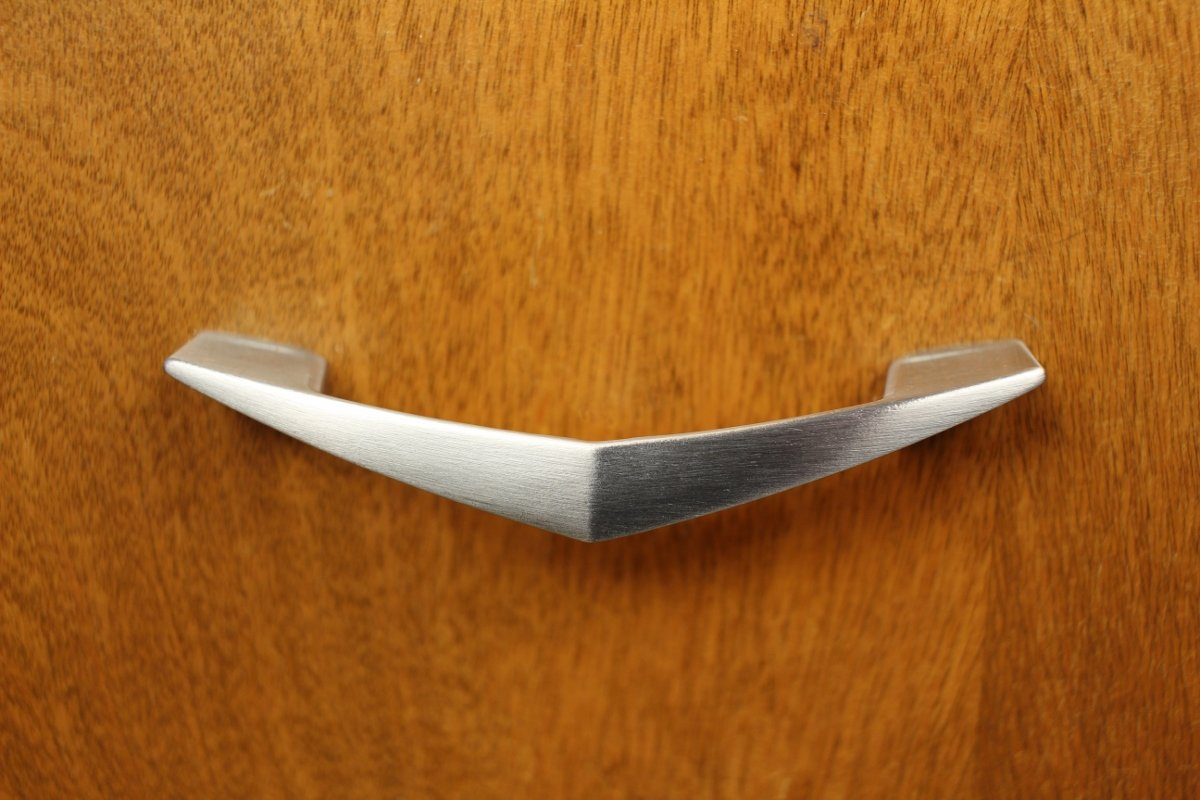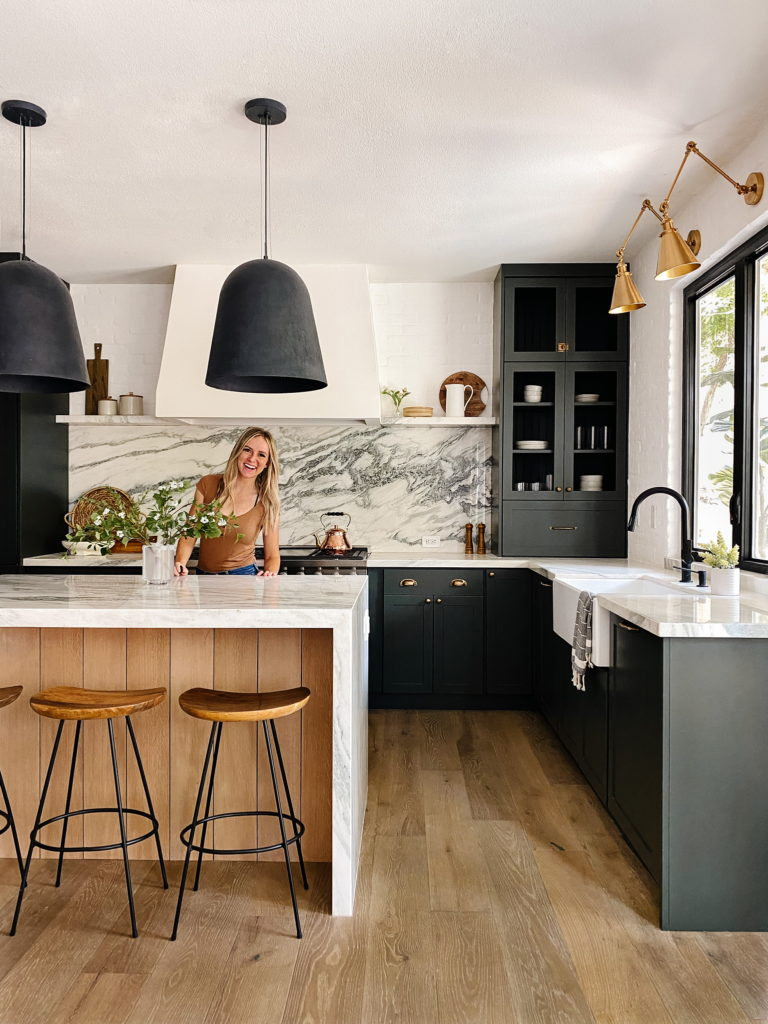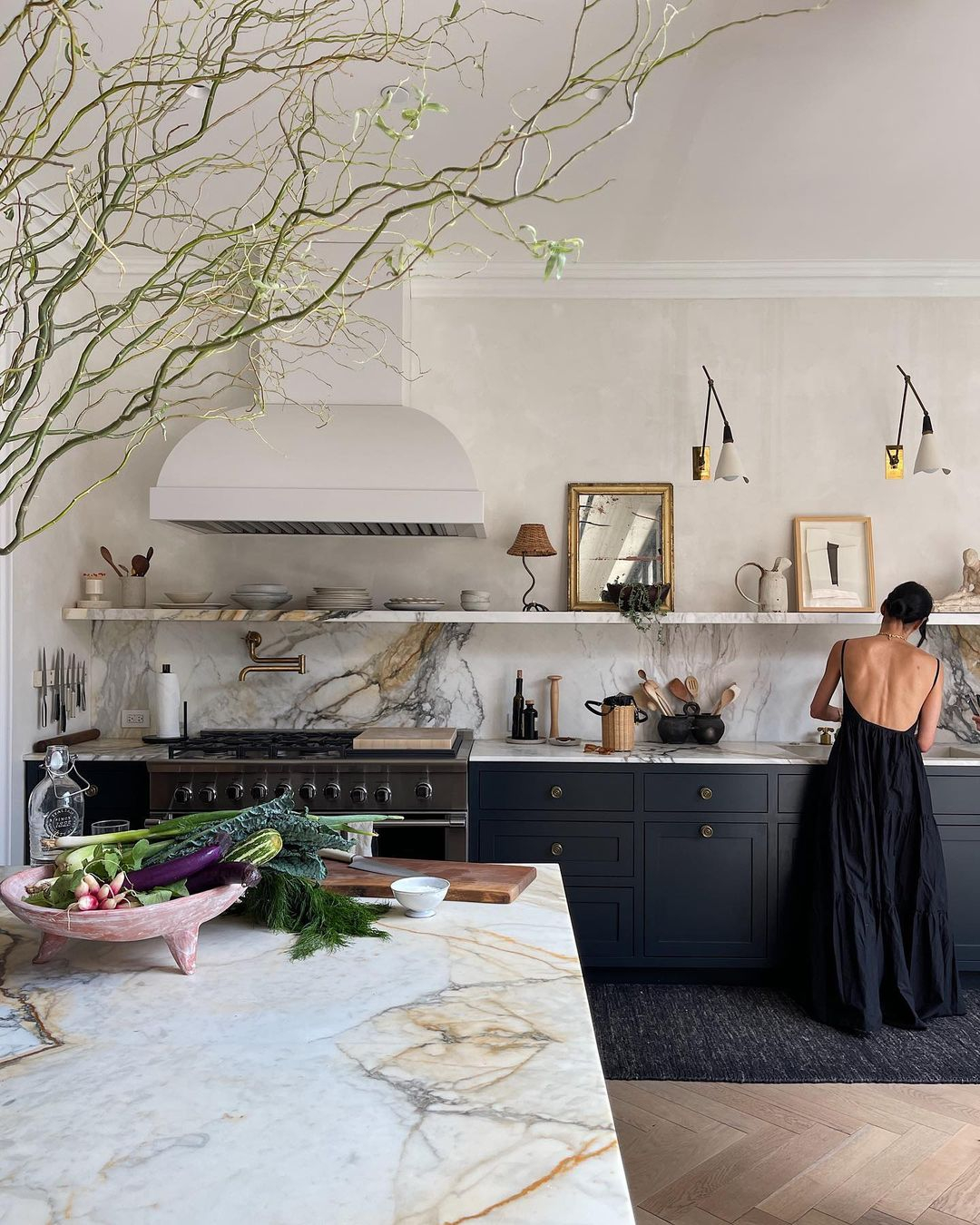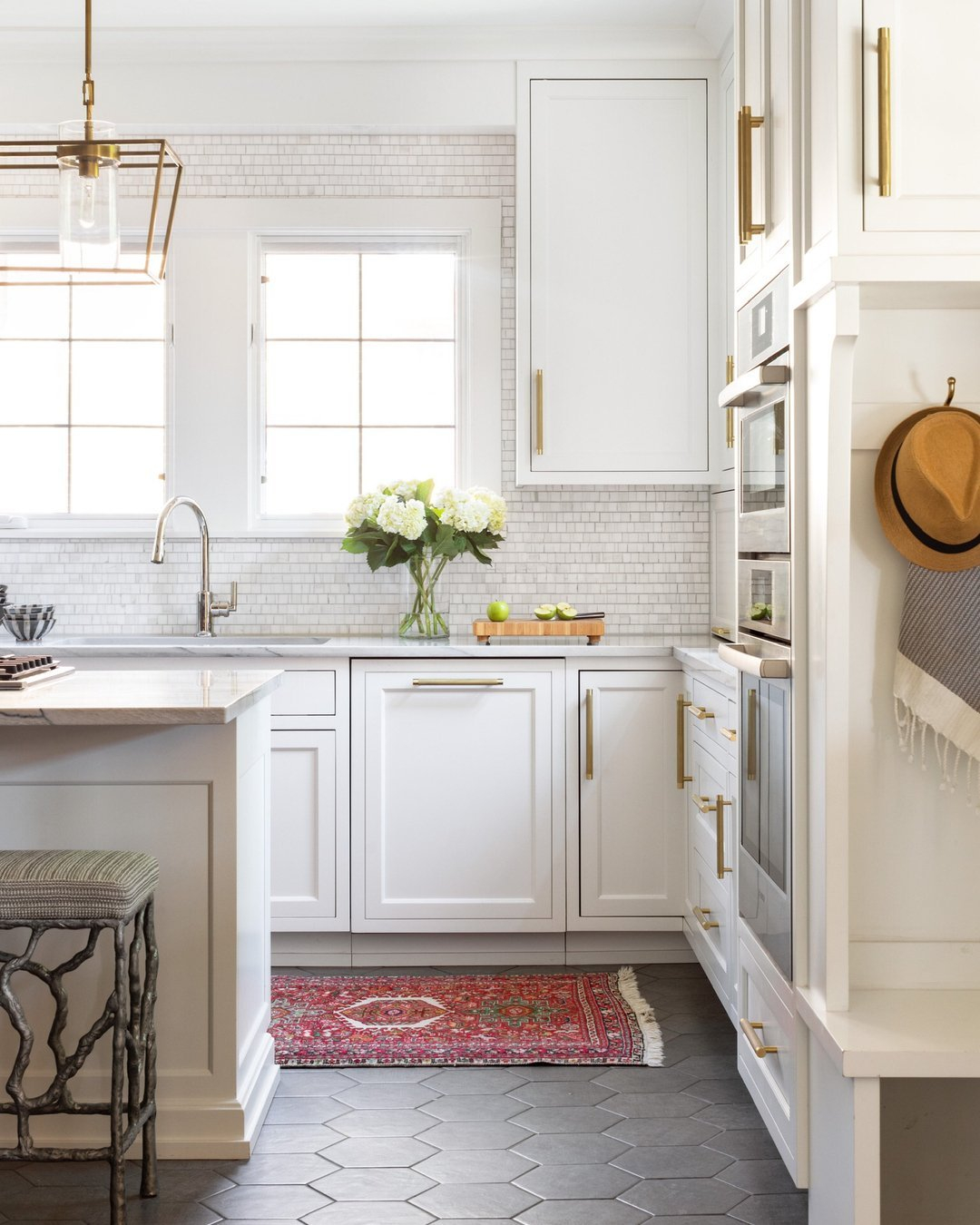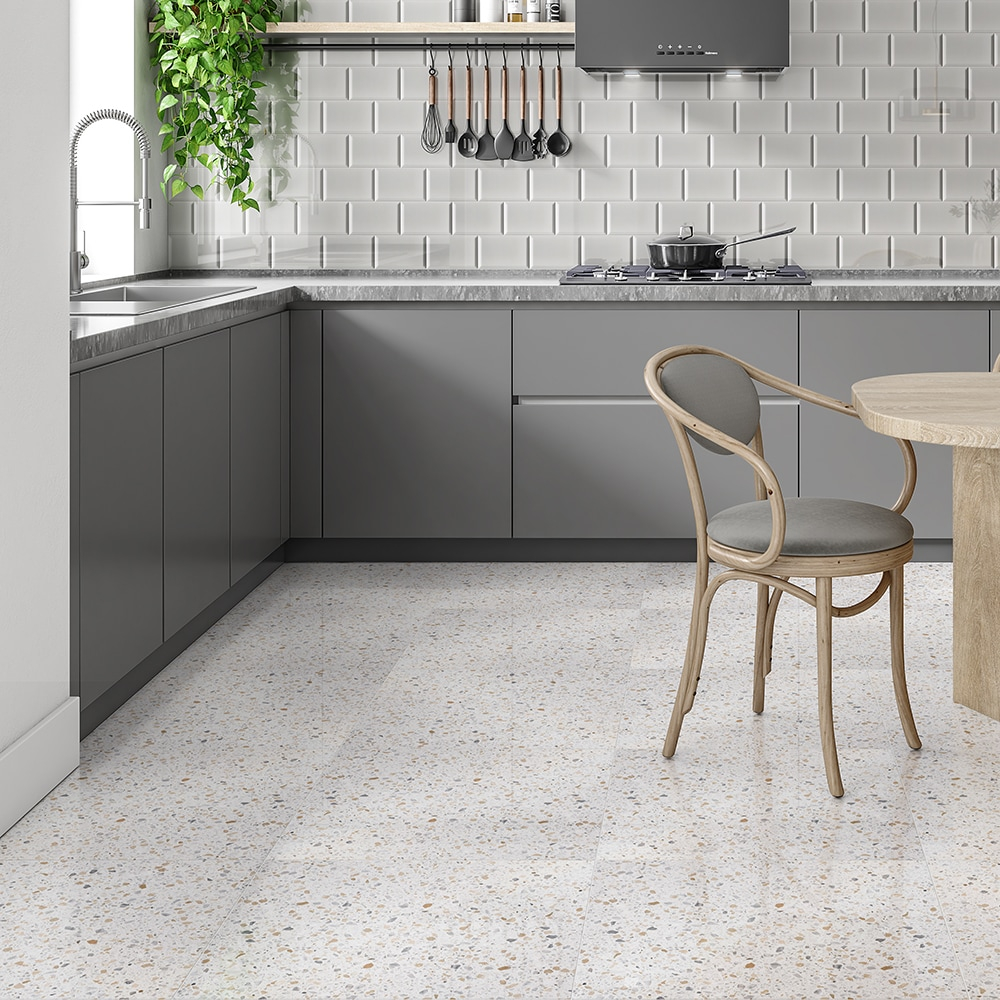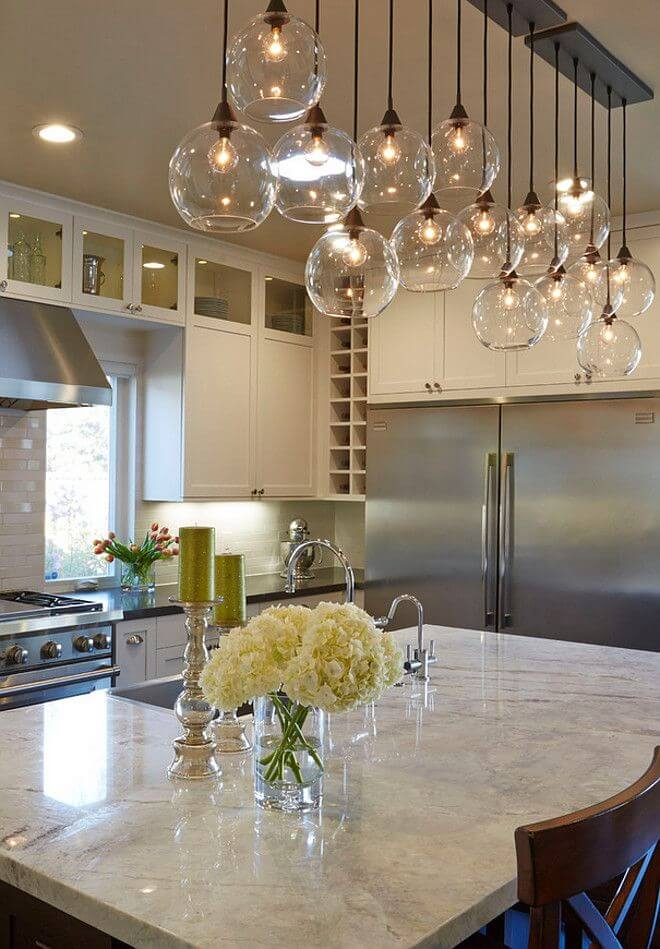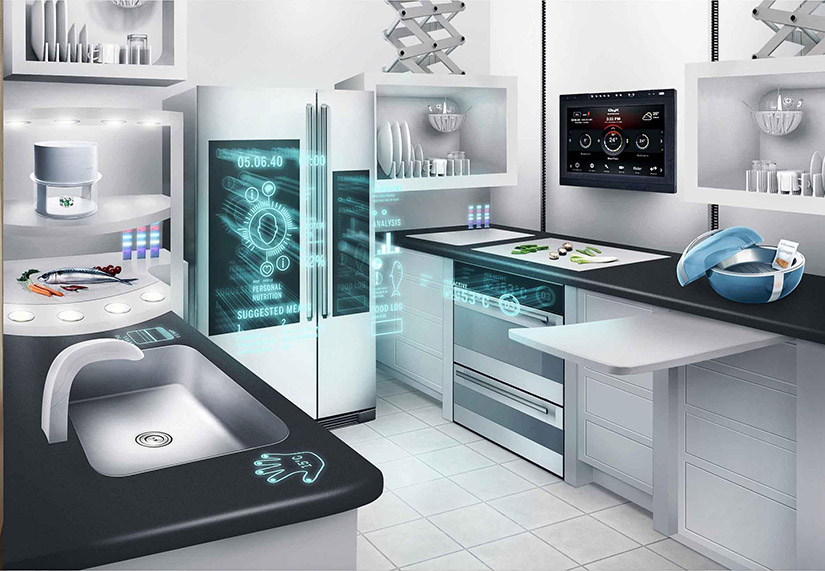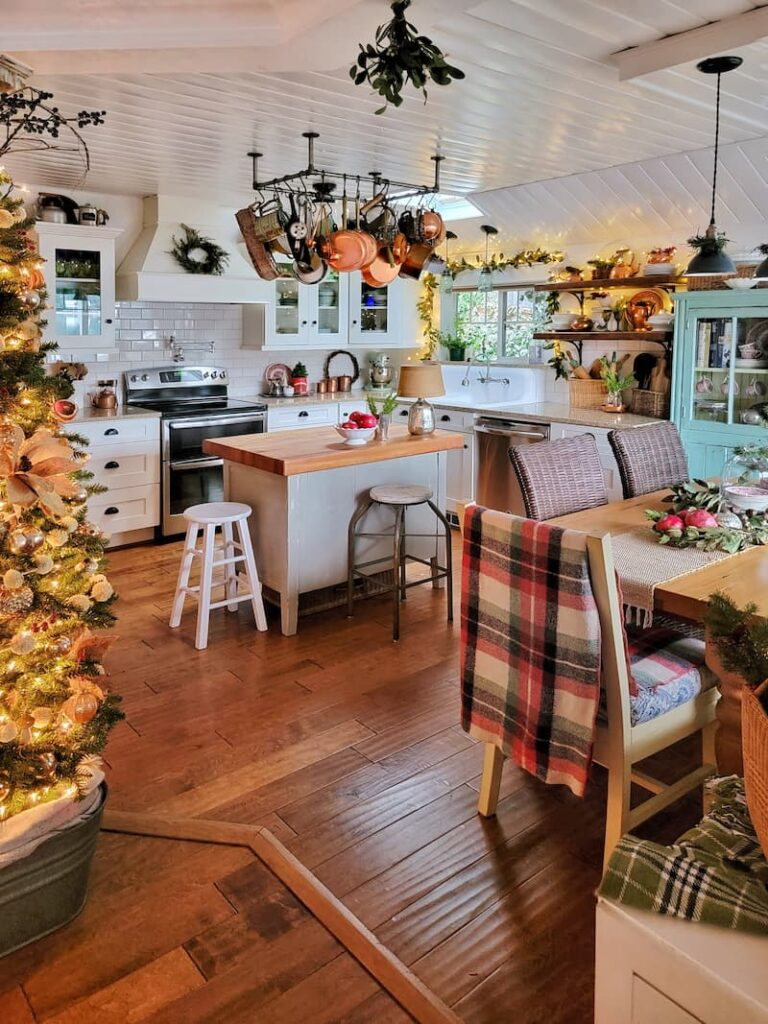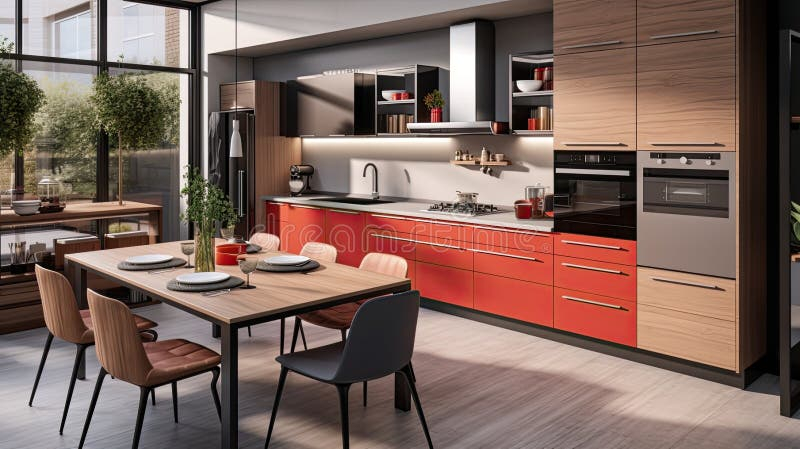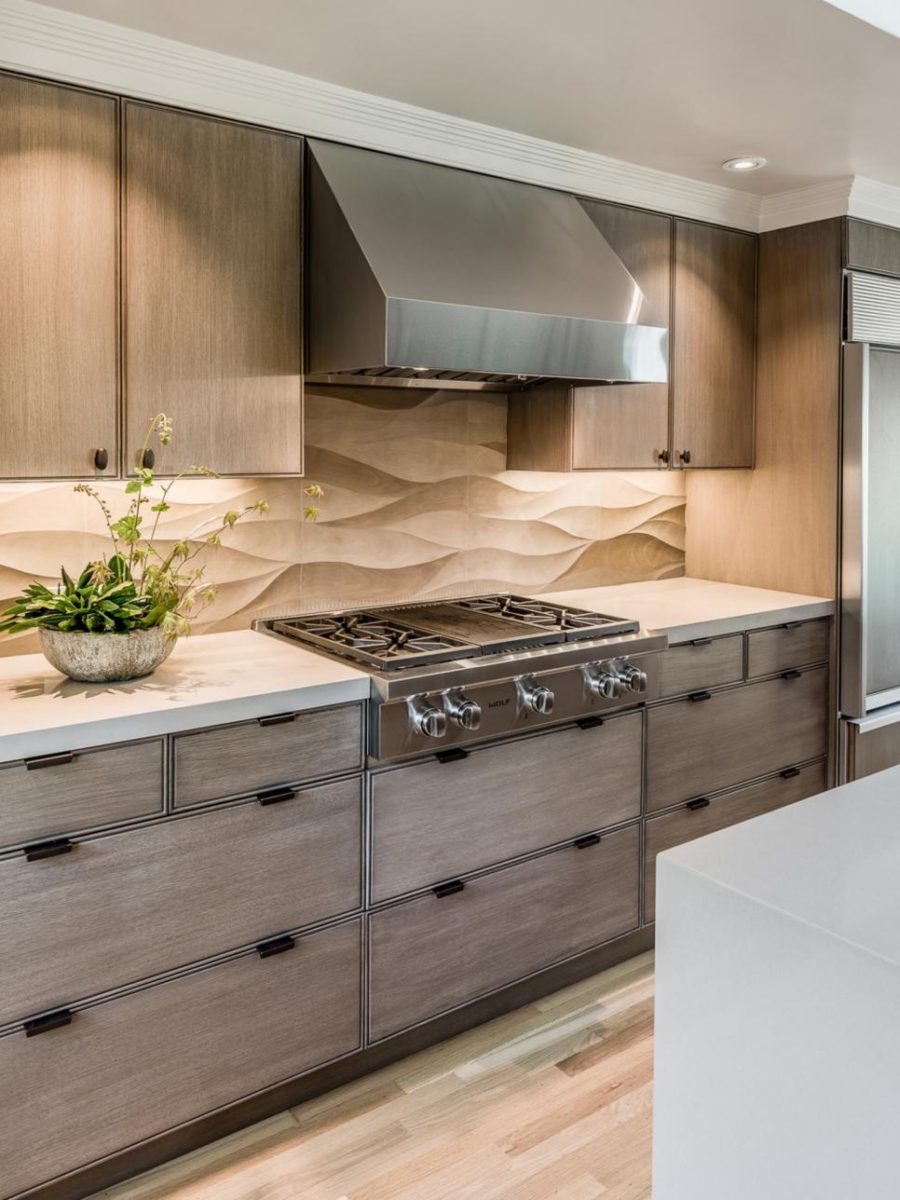You know, it’s funny. We spend so much time thinking about countertops, backsplashes, and the big appliances. But what about the little things? The bits and bobs that we touch every single day, multiple times a day? I’m talking about drawer pulls and cabinet hinges. These might seem minor, but believe me, they hold a surprising amount of power to either elevate your kitchen or, well, let it down. They’re the unsung heroes, the quiet workhorses that make your kitchen flow. Let’s dive into how these small components can unlock your kitchen’s true potential.
When you’re planning a kitchen renovation or even just looking to refresh your space, it’s easy to get caught up in the grand design. Bigger cabinets, a new sink, perhaps a fancy new range. But have you ever stopped to really consider the impact of your hardware? Those pulls and hinges aren’t just functional pieces; they’re also key design elements. They’re like the jewelry for your cabinetry. Choosing the right ones can make a world of difference, impacting how your kitchen looks, feels, and operates on a daily basis. Think about it: a sticky hinge or an awkward pull can be a constant, low-level irritation. Conversely, smooth-operating hardware and stylish pulls can bring a touch of elegance and ease to even the most routine tasks. So, let’s explore how to make these details work for you.
Drawer Pulls: More Than Just a Handle
Drawer pulls, or handles, are arguably the most interacted-with part of your kitchen cabinetry. They’re what you grasp to open drawers and cabinets countless times a day. So, functionality and ergonomics are paramount. Are they comfortable to hold? Do they offer a good grip? For instance, a slim, minimalist pull might look sleek, but if your hands are full, it might be tricky to use. Consider different types: knobs offer a classic look and are great for single-handed operation, while pulls or bars provide a more modern feel and can be easier to grip, especially larger ones. The material also plays a big role – brushed nickel stays clean, brass adds warmth, and matte black offers a contemporary edge. Don’t forget about size and placement. Too small, and they can look lost. Too large, and they can overwhelm the cabinet. And always ensure they’re securely attached. A wobbly pull is just… annoying. Think about how you use your kitchen. Do you need something robust for heavy drawers, or something more delicate for upper cabinets? It’s about finding that sweet spot between form and function.
Cabinet Hinges: The Backbone of Your Doors
Cabinet hinges are the silent workhorses that allow your doors to open and close smoothly. They might be hidden, but their importance cannot be overstated. The type of hinge you choose greatly impacts the look and feel of your cabinets. For a seamless, modern look, concealed hinges (also known as European or overlay hinges) are fantastic. They tuck away discreetly, giving your cabinets a clean, uninterrupted appearance. For a more traditional or farmhouse style, exposed or surface-mounted hinges can add a decorative touch. Then there are the features. Soft-close hinges are a game-changer. No more slamming doors. Ever. They gently close on their own, protecting your cabinets and your ears. Adjustable hinges are also super helpful, allowing you to fine-tune the alignment of your doors if they ever start to sag or look a bit off. When selecting hinges, consider the overlay – how much the door covers the cabinet frame. Full overlay doors cover almost the entire frame, partial overlay covers some of it, and inset doors sit flush within the frame. Each has a distinct visual effect.
Matching Hardware: Creating a Cohesive Look
So, you’ve got your drawer pulls and you’re thinking about hinges. Should they match? Generally, yes. Consistency is key to a polished look. If you’re going for a modern kitchen with clean lines, you’ll likely want sleek, minimalist pulls and concealed hinges, perhaps in a brushed nickel or matte black finish. For a more traditional or rustic kitchen, you might opt for decorative knobs and perhaps exposed strap hinges in an oil-rubbed bronze or antique brass. However, ‘matching’ doesn’t always mean identical. You can create a sophisticated look by using the same metal finish across all your hardware, even if the styles vary slightly. For instance, using brushed stainless steel pulls on drawers and matching brushed stainless steel concealed hinges on cabinets works beautifully. The goal is harmony, not necessarily perfect replication. Think about the overall style you’re aiming for and let that guide your choices. It’s about creating a unified aesthetic that flows seamlessly.
Installation Tips: Getting it Right
Even the best hardware can be let down by poor installation. Thankfully, installing drawer pulls and hinges is often a manageable DIY project. For drawer pulls, measure carefully to ensure they are centered and level. Using a template can be a lifesaver here. Drill pilot holes before screwing in the hardware to prevent splitting the wood, especially in older or softer woods. For cabinet hinges, especially concealed ones, precision is even more important. Read the manufacturer’s instructions carefully. They often come with specific drilling guides or require precise cutout measurements. If you’re replacing existing hinges, make sure the new ones have the same screw hole pattern or that you’re prepared to fill and re-drill. For soft-close mechanisms, ensure they are installed correctly to function properly. If you’re unsure, especially with concealed hinges that require precise mortising, it might be worth calling in a handy friend or a professional to ensure a perfect finish. A little extra care upfront saves a lot of headaches later.
When to Upgrade: Signs Your Hardware Needs Attention
How do you know if it’s time to upgrade your drawer pulls and cabinet hinges. Often, it’s the little annoyances that signal a need for change. Are your cabinet doors sagging or not closing properly. That’s a sure sign the hinges are worn or misaligned. Do your drawer pulls feel loose, wobbly, or uncomfortable to grip. It’s time for a change. Squeaky hinges are another common culprit. While sometimes a bit of lubrication can help, persistent squeaks often mean the hinges are old and may be nearing the end of their lifespan. Rust or corrosion on metal hardware is not only unsightly but can also hinder function. And, of course, there’s the aesthetic factor. If your current hardware just doesn’t fit the style you want for your kitchen anymore, that’s perfectly valid reason to upgrade. Think of it as a relatively low-cost way to give your kitchen a significant style boost and improve its daily usability.
The Impact on Your Kitchen’s Value and Enjoyment
It might seem like a small detail, but upgrading your drawer pulls and cabinet hinges can have a surprising impact on both the perceived value of your kitchen and your personal enjoyment of the space. When potential buyers see well-maintained, stylish, and functional hardware, it signals that the kitchen has been cared for. It adds to that overall impression of quality and attention to detail. For you, the homeowner, the benefits are even more immediate. Imagine opening a drawer with a satisfyingly smooth glide, or closing a cabinet door with a gentle, quiet thump thanks to soft-close hinges. These small improvements contribute to a more pleasant and less frustrating kitchen experience every single day. It’s about making your kitchen not just a place to cook, but a space that feels good to be in, a space that works seamlessly with your life. So, don’t underestimate the power of these hardware heroes.
See. It’s not just about the big, flashy elements. The humble drawer pull and the often-hidden cabinet hinge are truly pivotal in defining your kitchen’s character, comfort, and efficiency. By giving these details the attention they deserve, you can achieve a significant transformation without necessarily undertaking a full, costly renovation. Whether you’re aiming for a modern minimalist aesthetic, a cozy farmhouse feel, or anything in between, the right hardware is your key. So next time you’re in your kitchen, take a moment to appreciate these hard-working components. And if they’re not quite measuring up, remember that a simple upgrade can unlock a whole new level of potential and enjoyment in the heart of your home.

